|
In the Spanish program, we build relationships through open and compassionate communication, creative collaborative work, and by valuing and respecting another’s perspective and input as well as our own. The program helps to develop essential life skills such as innovative and flexible thinking, cooperation, resilience in the face of challenges, and courage to attempt new endeavors --- all qualities to be found in contributing members of society. To open the door to creative writing, storytelling, drawing and role playing, students heard the story of Pete the Cat. The moral of Pete’s story is that when there are challenges in your life, you can get upset and give up, or choose to continue working toward your goal. Telling stories is one of the best ways for children to not only learn the language but also learn meaning, cultural understanding, and how to solve everyday problems. Additionally, storytelling helps students acquire and develop individual reading tastes, skills, and creativity. Or as Nohora Inés Porras González, author and former language coordinator at Universidad Cooperativa de Colombia states, “Telling stories provides the opportunities for students to speak the foreign language creatively, integrate information and knowledge they learn from other sources, and become more confident in the ability to express themselves spontaneously.”
In the upcoming months, the different levels of the Spanish Program will be participating in various projects, such as building a country, a poetry and poster competition, group creative writing, a Spanish spelling bee, musical composition, many cultural explorations, and of course, the Middle School trip to Costa Rica! Rita Cassiano Alcuin Spanish Coordinator Last week was filled with learning a few different routines, as well as making new friends. For many of the toddlers, the classroom was a completely new environment, but they quickly jumped in. The children engaged in exploration, old friends got reacquainted, they practiced Grace and Courtesy during snack time and a lot of self-care. They are such independent little human beings. They spent their time building, chopping fruits and vegetables, helping one another, listening to music, climbing the playground structure, setting and busing tables. We are often amazed at what our toddlers can do, but they are too! We also began our toilet learning routine; everyone is practicing dressing and undressing themselves with eagerness. Having consistent routines in place helps toddlers to develop a strong sense of security. Knowing that they will do the same thing at the same time every day brings a peaceful calm to their little souls and their growing sense of order. Maria Montessori observed that there are “Sensitive periods” when a child has an especially strong sensitivity towards a particular piece of knowledge or skill. The article goes into more detail on that. I hope it is helpful!
We look forward to all the great things this week has to offer. Sandra Simmons Toddler Directress Throughout the year, the art curriculum connects to subjects and themes, such as nature, the built environment, and community. Our recent theme of identity, which is always the focus during the first few months of the year, is a wonderful way for Alcuin students to develop their drawing skills while also exploring their interests, needs and personal lives. We have all been learning that making a great drawing isn’t all about having a steady hand or making things perfect, it’s about how you see and how you interpret the information that your eyes receive. I tell the students “draw what you see, not what you think you see.” Using mirrors and thinking about simple shapes and proportions, Junior and Senior Elementary students have been creating self-portrait drawings in their sketchbooks. These studies have developed into final compositions, some that include just the face and others that include the full figure drawn with colored pencils. In addition to self-portrait studies, the Middle School students also composed an “I Am From” poem that includes meaningful imagery and sensory details connected to experiences from their own lives. The sketching exercises helped the students develop their realistic drawing skills and explore their personal style as they practiced contour drawing and shading techniques. Group drawing and writing activities also gave the students an opportunity to interact with one another and foster a sense of community in the classroom. A walking tour and visit to an artists studio in the Pilsen neighborhood gave the group a better understanding of how these complex issues of identity are being explored by professional artists in their own work as well as in public art projects with local communities in Chicago.
As the year continues, idea sharing and experimentation will continue to be at the core of the artistic process as we explore how the visual arts connects to our everyday lives and the world around us. Sophia Lyman Alcuin Montessori Art Teacher |
ABOUTA blog by various Alcuin staff members. Archives
September 2023
Categories
All
|
ALCUIN MONTESSORI SCHOOL | 324 North Oak Park Avenue and 6942 W Roosevelt Road | Oak Park, Illinois | 708.366.1882

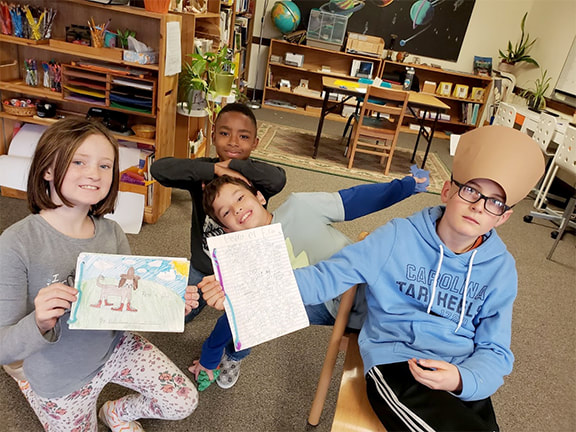

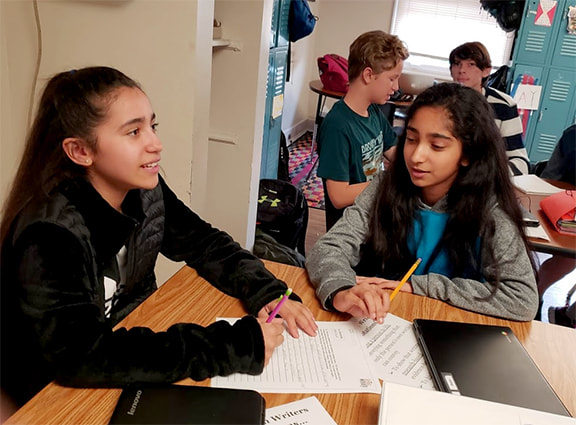
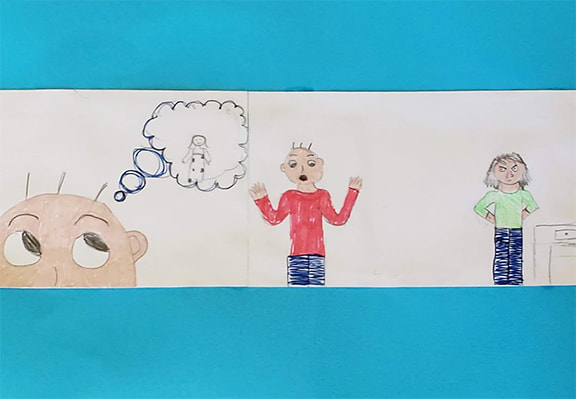
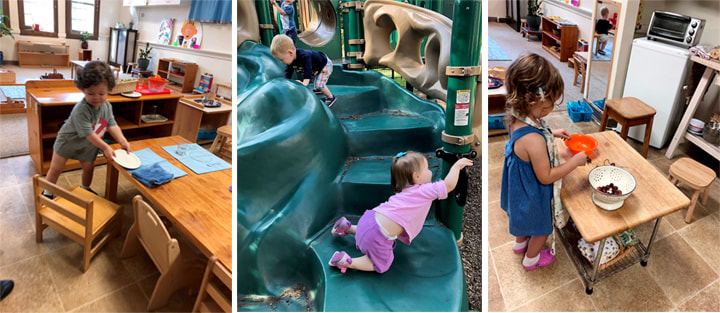
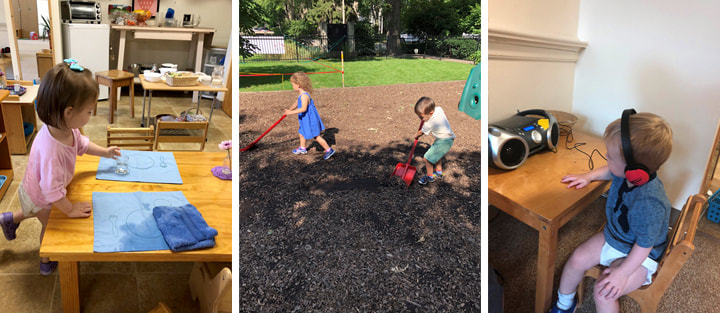
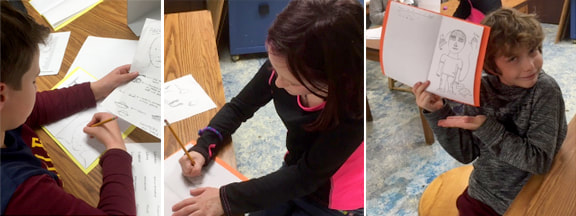
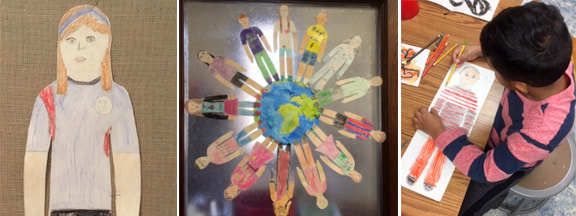
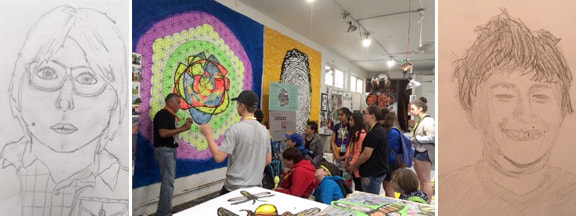
 RSS Feed
RSS Feed